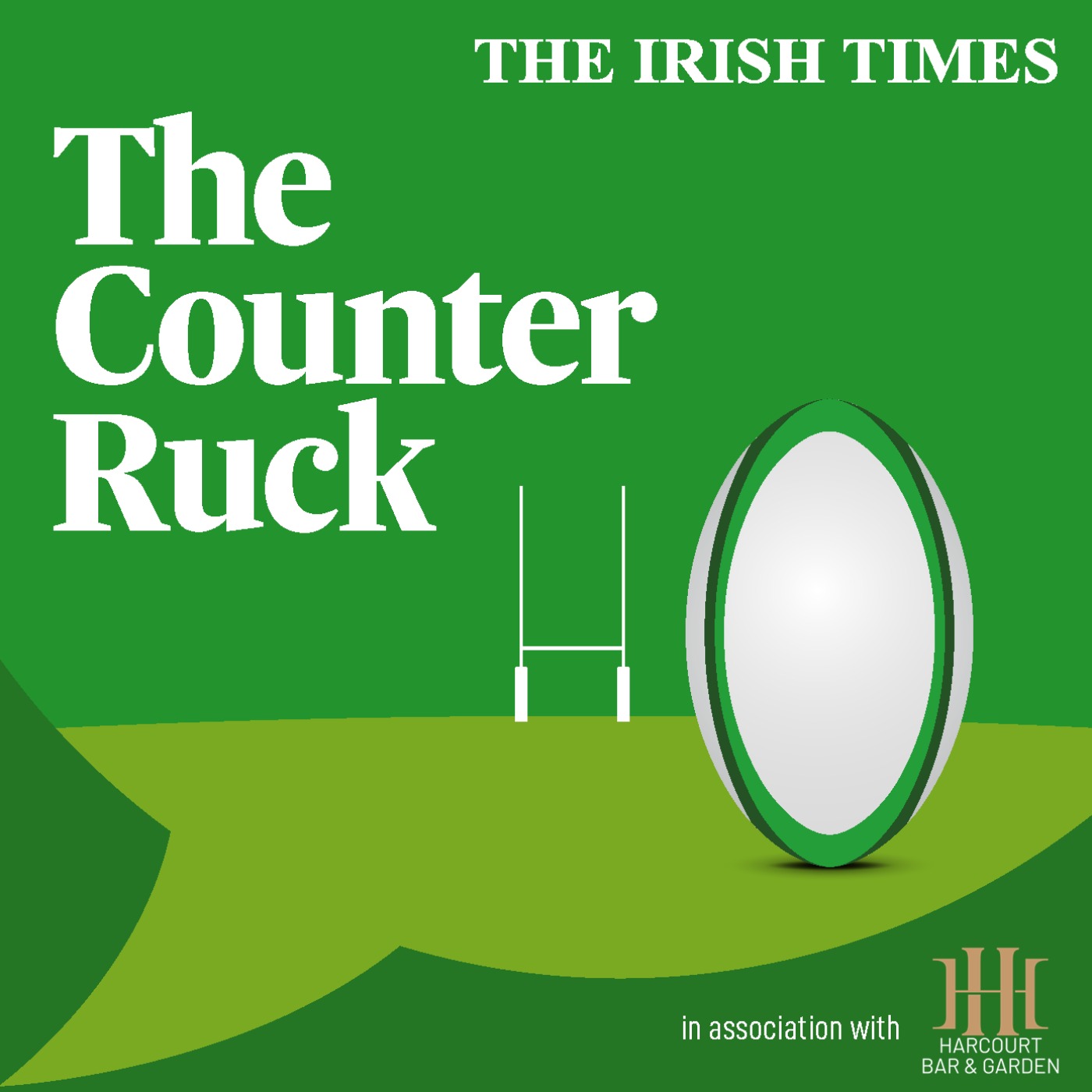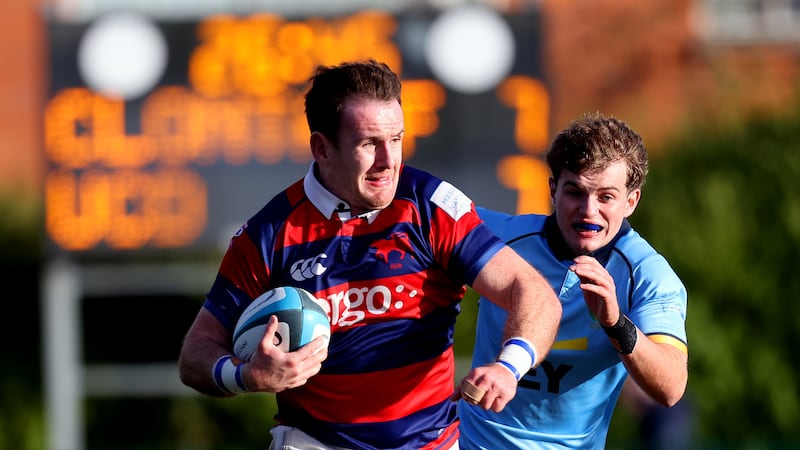Apparently, the source of the Nile, the world’s longest river, has yet to be determined to the satisfaction of the scientific fraternity – there are several claimed origins – in much the same way that it can be problematic to identify the exact starting point of a try.
The exception to rugby’s dilemma is those who compile statistics and project figures with unerring certainty.
But are they to be trusted? Take for example New Zealand’s 26-13 victory over Ireland in Soldier Field.

Are Ireland sliding down rugby's global pecking order?
In the post-match discourse, the fact that according to the statistics at hand, Ireland didn’t manage a single line-break did a great deal of heavy lifting when it came to tut-tutting about shortcomings in the Irish attack.
RM Block
It blew from pundit to pundit like confetti on a windy day.
However, on examining revised official match statistics in the aftermath, Andy Farrell’s Ireland in fact made two clean line-breaks, one apiece belonging to James Lowe and Jack Conan. To misappropriate a phrase, “the plural of anecdote is not data,” as evidence, like statistics, is malleable.
In 2025, Ireland have scored 38 tries in eight matches, 17 in the Six Nations Championship, 20 in summer Tests against Georgia (four) and Portugal (16), and one to date in the first, the defeat to New Zealand of four November internationals.
The try tally breaks down as follows: backs scored seven in the Six Nations and 14 in Tbilisi and Lisbon for a total of 21, while the forwards weighed in with 10 in the Six Nations, five (Cian Prendergast (2), Nick Timoney, Thomas Clarkson and Alex Kendellen) in the summer while Tadhg Furlong burst his way over the line against the All Blacks last weekend.
For those keeping up with the arithmetic, there was also a penalty try in the Portugal match. Sheehan led the way from an individual perspective with five tries, Jack Conan, Jamison Gibson-Park and James Lowe were the other pluralists in the Six Nations.
[ Ireland’s kicking strategy has changed utterly - is it for the better?Opens in new window ]

This is where we get into the origin of the try species. Of the 38 tries, 27 had their genesis at the set piece, scrum or lineout – this includes the penalty try in Lisbon. Eight were from kick return, two from tap penalties and one from a turnover.
Some context. Seven of the eight kick return tries – the other was Sheehan’s effort against England in the Six Nations – were scored during the summer Tests, so too the single effort from a turnover. That is a figure that’ll smart and it’s an area on which Ireland have focused, as Johnny Sexton explained the other day.
For now though, something is being lost in translation from training pitch to match environment.
Saturday is a chance to interpret differently and be more fluent. Ireland’s set piece was the launch for 71 per cent of the tries, a figure that goes some way to explaining two reasons why Ireland were less potent against the All Blacks, coughing up five lineouts and a number of scrum penalties.
Leaving aside the summer Tests, Ireland’s success in the “clean line-breaks” has diminished from a game leading five by Lowe against England in the opening game of the Six Nations with fullback Hugo Keenan the only other Irish player to make more than one in a single game in that tournament. He managed a brace against France.

Saturday’s game against Japan offers an opportunity to evaluate the players and the system in the same breath with an emphasis on driving the attacking side of the game without fear, sharper on transition opportunities and whatever strike plays that Andrew Goodman has in the playbook.
What was evident in the All Blacks game was a lack of accuracy, kicking, handling, decision-making, the absence of footwork in contact at times, the under-resourcing of rucks numbers wise or missing the initial clear-out. Ireland don’t have to be massively different in what they are doing just snappier and more precise.
[ Are Ireland sliding down rugby’s global pecking order?Opens in new window ]
Andy Farrell will confirm at lunchtime whether that incorporates a switch-up in personnel.
Last week his decision to bring Stuart McCloskey into the starting line-up was a resounding success, the only downside the groin niggle that forced the Ulster centre out of the game in the second half. Paddy McCarthy’s debut off the bench was also a recognition of form.
The Irish head coach knows whether he wants to stick or twist in personnel terms this weekend. The uncapped Munster centre Tom Farrell has become a cause celebre/martyr, outstanding as an attacking force far longer than a single season or two, and with some justification there is growing support that he be afforded an opportunity; now.
There are peripheral factors at play too, managing Ireland’s global ranking ahead of the 2027 World Cup draw in December, the matches against Australia and South Africa. Japan as they demonstrated against Australia in a narrow defeat are a capable side.
While the most important numbers are those on the scoreboard, Ireland need to rediscover their mojo and fluency and find the right players and patterns to do so.




















